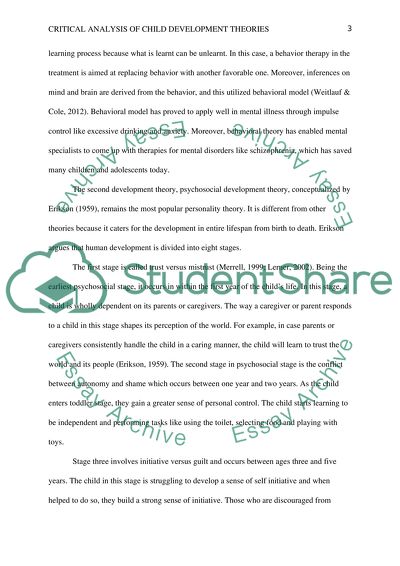Cite this document
(“Critical Analysis of Child Adolescent Development Theories Research Paper”, n.d.)
Retrieved from https://studentshare.org/psychology/1495566-name-of-my-class-is-child-and-adolescent
Retrieved from https://studentshare.org/psychology/1495566-name-of-my-class-is-child-and-adolescent
(Critical Analysis of Child Adolescent Development Theories Research Paper)
https://studentshare.org/psychology/1495566-name-of-my-class-is-child-and-adolescent.
https://studentshare.org/psychology/1495566-name-of-my-class-is-child-and-adolescent.
“Critical Analysis of Child Adolescent Development Theories Research Paper”, n.d. https://studentshare.org/psychology/1495566-name-of-my-class-is-child-and-adolescent.


